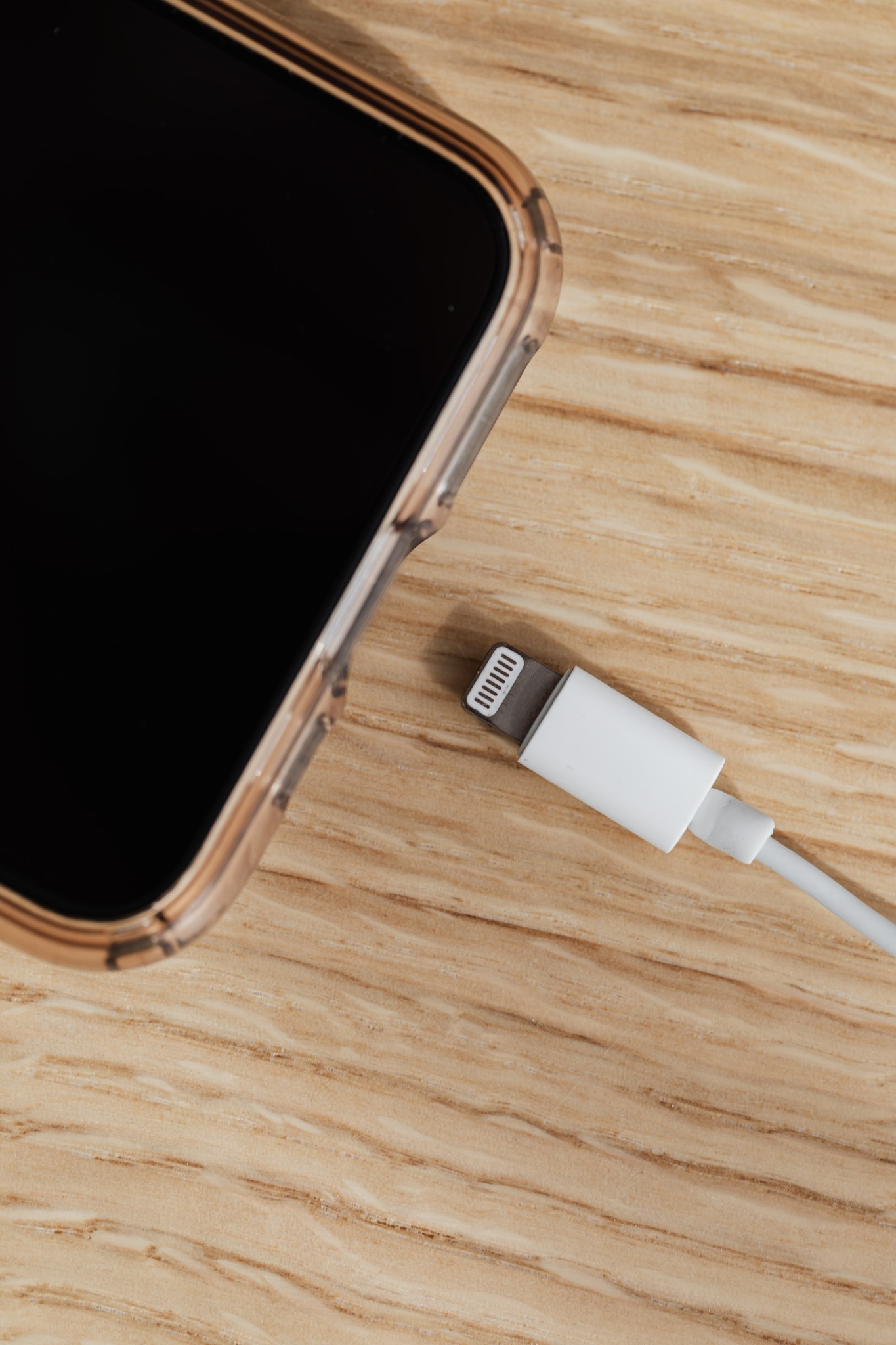EU's push for a common charger and Apple's move to USB-C
- Posted on
- By Martin

In recent years, there has been a push for a common charger for all mobile phones and portable devices. This push has come from the European Union, which has been pushing for a single charger for all devices to reduce electronic waste and make charging more convenient for consumers.
In March 2021, the European Parliament voted in favor of a resolution that called for the introduction of a common charger for all mobile phones and other portable devices. While the resolution is not legally binding, it puts pressure on the European Commission to introduce legislation that would require all manufacturers to use a common charging port, such as USB-C.
Apple has historically used its proprietary Lightning connector for charging its iPhones and iPads, while many other manufacturers have moved to USB-C. If the legislation is passed, Apple would be required to switch to a USB-C port for its devices sold in the European Union. This change would impact Apple's revenue as it would have to change its charging technology and make significant changes to its product design.
Recently, there has been news that Apple is planning to move to USB-C for its iPhone charging. According to a report by The Guardian, Apple has confirmed that the company is working on a new iPhone that will feature a USB-C port instead of the Lightning connector. The change is said to be a result of the EU's push for a common charger.
This move is significant as it would mark a major departure from Apple's long-standing use of the Lightning connector. The Lightning connector has been a staple of Apple's products for many years, and the move to USB-C would represent a major shift in Apple's product design.
In fact, Apple has already begun using USB-C in some of its products. The iPad Pro 11-inch (1st generation or later), iPad Pro 12.9-inch (3rd generation or later), iPad Air (4th generation or later), and iPad mini (6th generation) all feature USB-C ports. This move has been welcomed by many consumers who find USB-C more convenient and versatile than Apple's proprietary Lightning connector.
In conclusion, the push for a common charger is gaining momentum, and it is likely that we will see more devices adopting USB-C in the near future. Apple's move to USB-C is a significant step in this direction and could pave the way for other manufacturers to follow suit.

